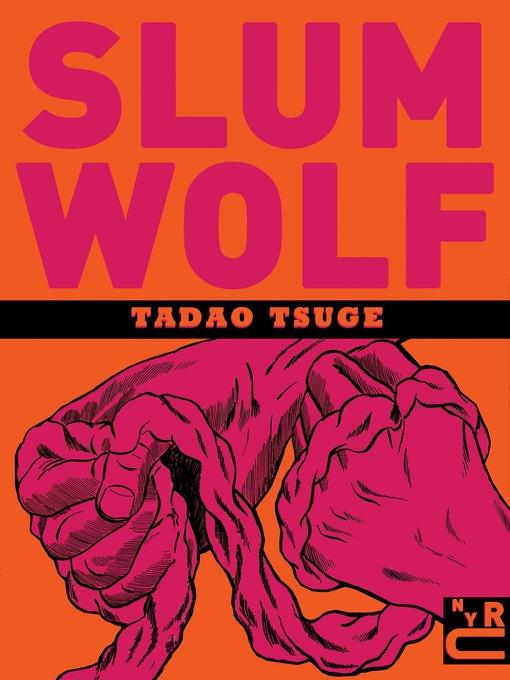
Slum Wolf
کتاب های مرتبط
- اطلاعات
- نقد و بررسی
- دیدگاه کاربران
نقد و بررسی

Starred review from August 13, 2018
Tsuge is one of the pioneers of gekiga, manga for adult readers, and this searing graphic short story collection plunges into the surreal, hardboiled world he created for alternative magazines in the 1960s and 1970s. Set in the tumult of postwar Japan, the narratives follow tough men and women trying to survive after society has collapsed and “the city’s streets were turned into a merciless landscape of burned ruins.” Some stories are unflinchingly realistic, while others drift into nightmarish fantasies. A few recurring characters pop up, most notably a strong, silent type named Sabu in stories such as “Sentimental Melody” and “Legend of the Wolf.” His skill at street fights makes him a legend in his hardscrabble neighborhood. In the longest story, “Vagabond Plain,” drifters build a shantytown in a vacant field and create their own society, independent from the cruel new urban landscape growing out of the ruins of Japan; in much the same way, these comics represent a gritty reflection of what most comics fans know as manga. Tsuge’s art veers wildly from cartoon abstraction to painstakingly detailed drawings of shadowy figures and looming city streets, rendered in harsh, energetic linework that propels the eye from panel to panel. The stoic attitude of these excellent pieces is summed up in one character’s reflection: “Without receiving a dose of pain once in a while, it was hard to remember the point of staying alive.” This period piece holds lasting resonance.

September 15, 2018
Tsuge was among the Japanese cartoonists who developed gekiga?comics aimed at an adult audience?in the late 1950s. In these stories from the 1960s and '70s, he depicts downtrodden men confronted and confounded by the malaise of postwar Japan. His two principal protagonists are Sado, an ex-kamikaze turned black marketer who now suicidally seeks out street brawls, and the middle-aged Aogishi, a salaryman who remains haunted by his wartime experiences. Whether set in the bars of Tokyo or on the Vagabond Plain?a settlement of ramshackle shelters built by the homeless?the tales convey a pervasive air of hopelessness. Their ambiguous or unresolved endings echo the aimless lives of the drunkards and drifters they portray. Tsuge's artwork displays an unfussy, almost crude sketchiness that matches the looseness of the plots. While not as artful as the more straightforward short stories produced by his contemporary Yoshihiro Tatsumi, Tsuge's less-structured tales possess their own distinct primitive power. Several autobiographical prose pieces by Tsuge and an essay by comics scholar Holmberg provide valuable context.(Reprinted with permission of Booklist, copyright 2018, American Library Association.)

























دیدگاه کاربران